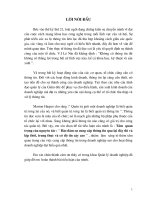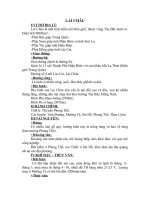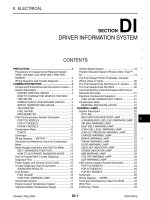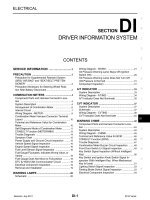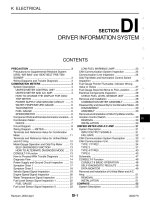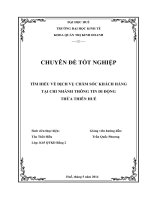THONG TIN LATS - LAI HUY THIEN. ENGLISH
Bạn đang xem bản rút gọn của tài liệu. Xem và tải ngay bản đầy đủ của tài liệu tại đây (92.95 KB, 2 trang )
<span class='text_page_counter'>(1)</span><div class='page_container' data-page=1>
1
<b>ON Ph.D. TECHNICAL DISSERTATION INFORMATION </b>
<b>Dissertation title: </b> <i><b>Researching Vibration Monitoring </b></i>
<b>on Marine Diesel Engine </b>
<b>Major: </b> <b>Marine Machinery Operation and </b>
<b>Maintenance </b>
<b>Code: </b> <b>9520116 </b>
<b>Ph.D. candidate </b> <b>Lai Huy Thien </b>
<b>Supervisors: </b> <b>Assoc.Prof.DSc. Do Duc Luu </b>
<b>Education Institution: </b> <b>Vietnam Maritime University </b>
<b>1. Research aim </b>
The general aim is to research and build the modern system for measuring
and monitoring vibrations with different types on marine diesel engines (DME).
The specific aims are:
<i>- To study the theoretical bases of vibrations at locations which the Rules </i>
for Classification and Construction of Sea-going Ships (called The Rules)
require such as math bases and algorithms for monitoring vibrations; technology
bases for making measuring equipment.
<i>- To design a modern and multi-channel system for vibration measurement </i>
<i>and analysis to meet the requirements of The Rules to monitor and diagnose </i>
vibrations on DME, including: creating the principle scheme for the
multi-channel vibration monitoring system (MMMVS); selecting a relevant
configuration in accordance with the suggested system’s scheme, designing
some basic sub-VI for the equipment based on the LabView.
<b>2. Research object and scope </b>
<b>Research objects: The vibration measurement and monitoring system on </b>
DME.
</div>
<span class='text_page_counter'>(2)</span><div class='page_container' data-page=2>
2
<b>3. Research methods </b>
Both the applied theoretical and experimental methods in this dissertation
are as follows:
<b>Theoretical methods: The Ph.D. candidate uses the combination of </b>
analysis, estimation and synthesis methods together with the modeling,
simulation. Mechanical theory, technical vibration, digital signal processing,
measurement theory, testing, statistical math are also used.
<i><b>Practical methods: Build the MMMVS. The experiments on the real </b></i>
<i>objects (physical model, LAB model, and real ship) are conducted to test, to </i>
adjust the equipment in order to verify scientific and technological bases that
have been studied and implemented.
<b>4. Contributions of PhD. Thesis </b>
The dissertation shows the following key contributions:
(1) Provided the theoretical bases for vibration monitoring on DME;
(2) Built some numeric simulation VIs, and physical models for studying
the vibrations on marine diesel propulsion plants;
(3) Given out the principle scheme, selected the hardware and built some
basic software modules for successful making the MMMVS on DME. This
portable equipment is suitable for on-board vibration monitoring tasks as well as
further development research.
<b>5. Structure of dissertation </b>
The dissertation includes six parts: Introduction, main content composed of
four chapters, conclusion and recommendation, list of related publications,
references, and appendix.
<i>Hai Phong, March 10th 2020 </i>
<b>Supervisor </b>
<b>Assoc.Prof.DSc. Do Duc Luu </b>
<b>Ph.D. candidate</b>
</div>
<!--links-->
